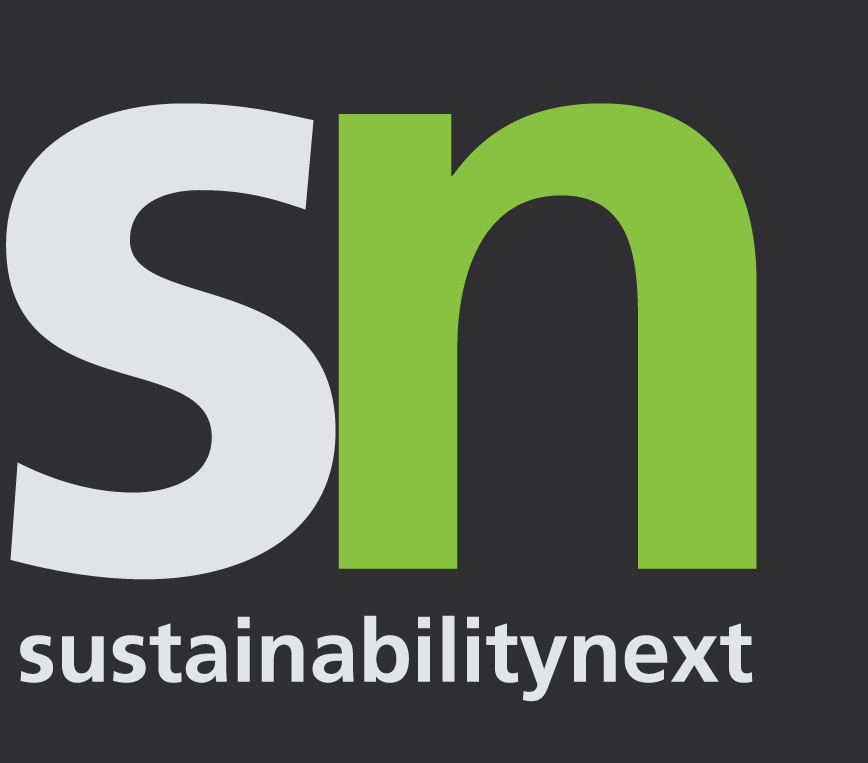Debashish Biswas, Vivek Mittal, Kuntal Shah share interesting learnings from the recent initiatives.
Each year, as the festive season brings joy to homes across northern India, the agricultural heartland faces a seasonal challenge — managing post-harvest crop residue. Traditionally, this has led to the widespread practice of stubble burning, contributing to the region’s air quality and public health concerns. However, over the past few years, an innovative, community-driven approach has helped reduce this unsustainable practice and generate additional income streams for farmers.
A large-scale Crop Residue Management (CRM) programme, led by the Government of Haryana and supported by Deloitte, has delivered encouraging results. It has transformed a long-standing challenge into an opportunity for innovation, sustainability and economic growth.

A New Approach
In 2022, the journey began with a focused pilot in six villages in Karnal, Haryana — an area known for high agricultural productivity. In its first year, Deloitte focused on laying a strong foundation. Private sector capital and participation were mobilised to strengthen the on-ground ecosystem. Crop residue management equipment, such as balers and high-capacity tractors, were donated to the district administration.
The centrepiece of this approach was a farmer-centric digital solution: the Krishi Yantra Saathi mobile application. Much like a ride-sharing app, the digital platform allowed farmers to access and book equipment for clearing crop residue. To offer farmers practical, eco-friendly alternatives to the burning residue, the initiative delivered immediate results: stubble-burning incidents declined by 69 percent, with ~2,400 people benefiting from this change.
Encouraged by early success, the CRM programme was expanded across Haryana in 2023. A total of 666 villages across nine districts — areas that had previously recorded a high number of fire incidents — were brought into the fold. This marked a 111-fold increase in scale, covering more than 1.5 lakh farmers and 12 lakh acres of agricultural land. The Government of Haryana played a key role in leading this effort, offering policy guidance and administrative coordination, while Deloitte provided strategic support, digital innovation and on-ground implementation experience. The local communities and civil society partners are supported by engaging with farmers at the grassroots level.
Awareness Meets Access

At the core of the CRM programme strategy was a dual focus on behaviour change and service accessibility. Over 300 Information, Education and Communication (IEC) events were held as part of the programme, reaching 67,000+ farmers through door-to-door campaigns. More than 50,000 awareness kits were distributed, and 1.5 lakh WhatsApp messages with easy-to-understand content were shared. Mobile vans with digital screens and PA systems further amplified messages through audio-visual storytelling in local languages.
To support farmers with timely access to machinery, the Krishi Yantra Saathi mobile app, which operated like a rural equipment marketplace, was rolled out across 666 villages. This impact was significant because nearly half of all app users were small and marginal farmers, many of whom previously had no access to such machinery. The programme recorded ~54 percent drop in stubble burning that year.
In 2024, this model was replicated in Punjab through a pilot programme involving 17 villages in Patiala district. Drawing on lessons from Haryana, the intervention focused on localised awareness, community engagement and digital facilitation. Across Haryana and Punjab, the programme carried out 1,250+ outreach events, relayed over 1 lakh WhatsApp messages to farmers, and distributed 48,000+ IEC kits. More than 32,000 farmers were contacted through door-to-door campaigns and training sessions.
The Krishi Yantra Saathi platform was also deployed, enabling over 70,000 farmers to access CRM services and equipment. This will help them manage 6,00,000 acres of land with support from over 6,000 equipment providers.
A Breath of Fresh Air
The benefits were significant. According to the Haryana Space Applications Centre, Active Fire Locations (AFLs) dropped by 45 percent in the five most affected districts and 45 percent in the 441 villages where interventions were carried out. In Punjab, the Pollution Control Board reported an 86 percent decrease in stubble burning across the 17 villages.
These also brought in wider benefits – from better air quality impacting 10,000+ lives to improved soil health, productivity and market access for farmers. They helped generate an estimated US$14 million in additional income and eliminate over 1 million metric tons of CO₂ emissions, contributing to local and global sustainability goals.
Model for Climate-Positive Agriculture
One of the most exciting prospects to emerge from the CRM effort is its alignment with India’s ambitions for Sustainable Aviation Fuel (SAF). Made from non-fossil feedstocks, such as agricultural residue, SAF can potentially reduce aviation-related emissions by up to 80 percent over its lifecycle.[1]
Multiple stakeholders, including the Supreme Court of India, have appreciated the CRM programme, which cited the Haryana intervention as a best-practice model.[2] The real strength of this effort lies in its multi-stakeholder approach — blending policy support, technology, outreach, and market linkages into a cohesive, outcome-driven strategy. From clearing fields to fuelling aircraft with sustainable fuel, crop residue or stubble is no longer just a post-harvest problem. It is now an asset that holds the power to transform not only farming practices but also the future of clean energy.
Debashish Biswas | Partner – Technology & Transformation | LinkedIn URL: Link
Vivek Mittal | Executive Director – Technology & Transformation | LinkedIn URL: Link
Kuntal Shah | Director – Sustainability & Climate | LinkedIn URL: Link











